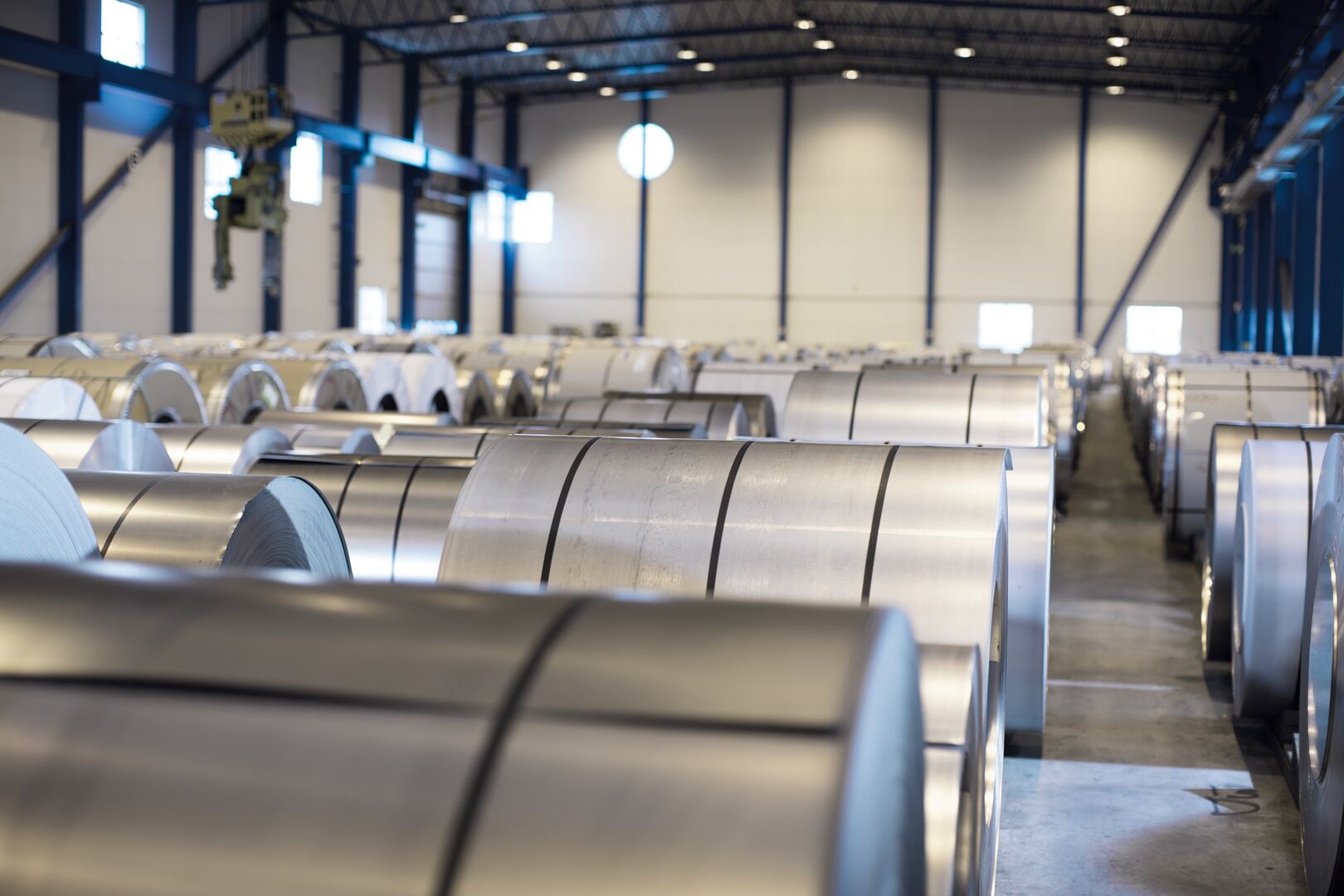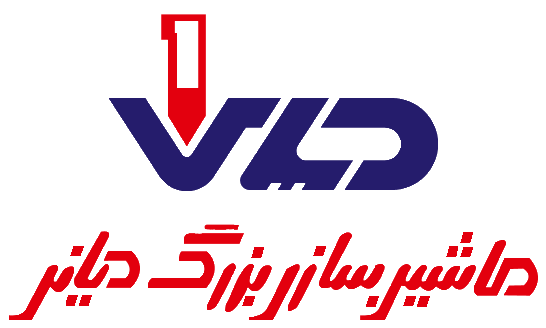Steel Standards Used
Steel is one of the most important materials used in various industries, especially in machine manufacturing and component production. Steel is classified into four main types: carbon (carbon steel), alloy, stainless, and tool steel. Each type of steel is further categorized into different grades.

- AISI-SAE (American Iron and Steel Institute – Society of Automotive Engineers)
The AISI-SAE steel standards have been in use since 1941 in the United States and other countries for classifying steel. In this AISI standard, prefix letters are used to indicate the steelmaking process. The letter ‘C’ is used for steels made in open-hearth furnaces or basic oxygen furnaces, while the letter ‘E’ is used for electric arc furnaces. The letter ‘L’ in the name indicates the presence of lead as an additional element. Although this standard is no longer commonly used and has largely been replaced by SAE, ASTM, and other American standards, it is still widely used.
- ASTM (American Society for Testing and Materials) / ASME (American Society of Mechanical Engineers)
ASTM steel standards are used for classifying, evaluating, and specifying the chemical, mechanical, and metallurgical properties of various types of steel, which are primarily used in manufacturing mechanical parts, industrial components, and structural elements. Many other associated equipment related to carbon steels, structural steels, stainless steels, ferritic, austenitic, and alloy steels are also included.
These steel standards assist metallurgical laboratories, refineries, product manufacturers, and other steel end-users in ensuring quality and safe use through proper processing methods and correct application. The ASTM standard is widely recognized and focuses on the characteristics and performance of the product.

Introduction to Press Brake and Its Technical Capabilities
Japanese Steel Standards (JIS)
The Japanese Steel Standard (JIS) is widely used throughout the Asia-Pacific region. Other national standard systems, such as those in Korea, China, and Taiwan, often adopt the JIS steel standards as a base. The Japanese Industrial Standard (JIS) for steel materials is divided into two main categories:
- Structural Steel: The material numbers for structural steel are similar to CNS. For example, S30C means the steel contains 0.30% carbon.
- Other Carbon Steel and Alloy Steel: The material numbers in this category are divided into three parts. The first part refers to the material, the second part to the specifications or application of the steel, and the third part to the type of steel.
Other Steel Standards
In addition to the mentioned standards, other standards are also used by newly industrialized countries such as China (GB and YB standards), India (IS standard), and Brazil (NBR standard). Some Commonwealth countries also use Russia’s GOST standards.
